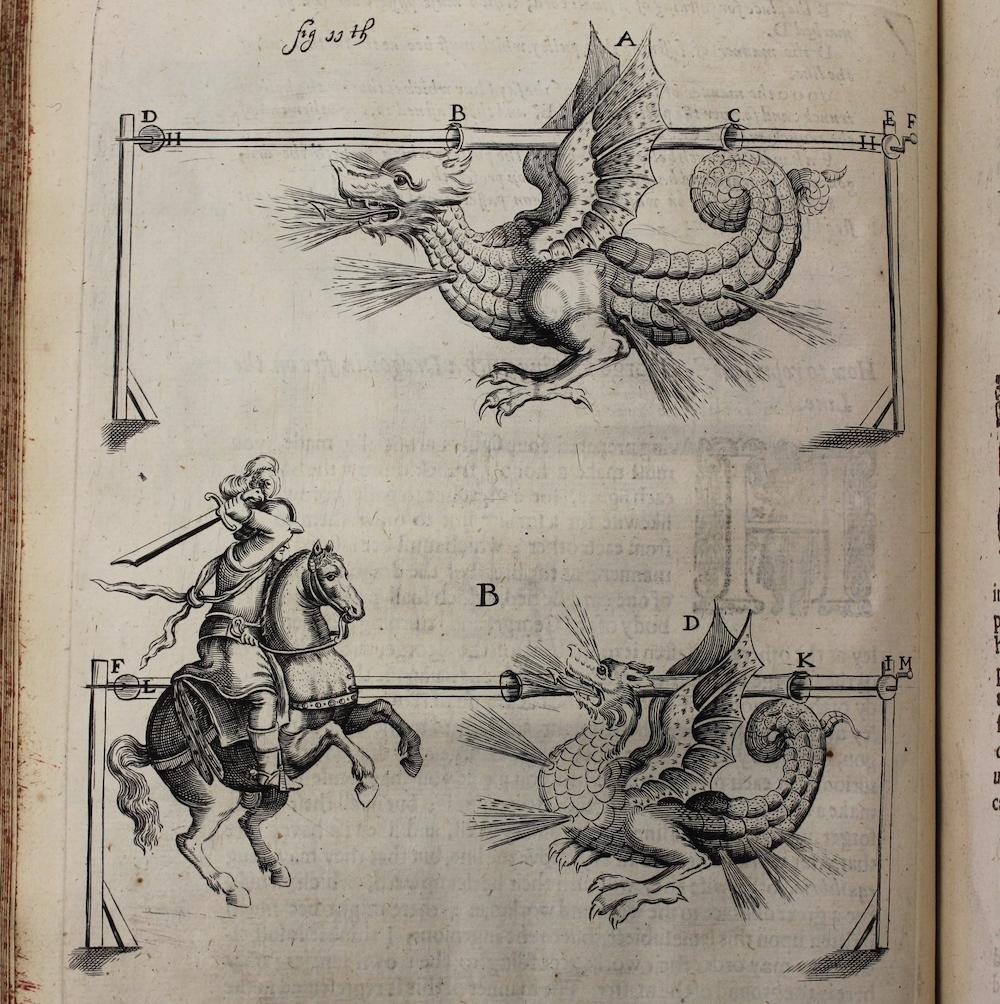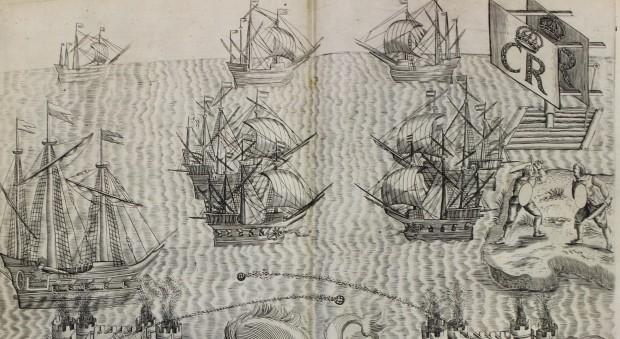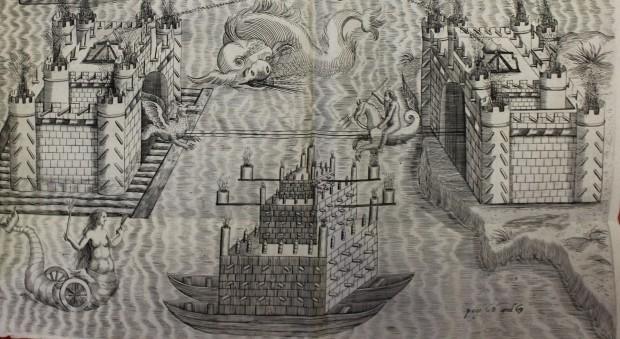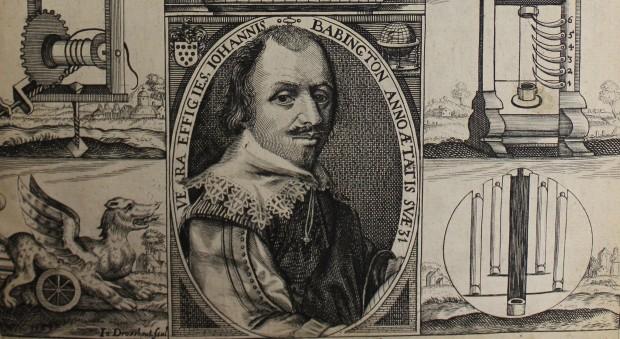It’s the time of year when fireworks explode overhead across the country. These days we might gather round a bonfire, wave some sparklers and watch the brightly-coloured shells explode overhead. A 17th-century book in the RCP library describes some altogether more dramatic fireworks displays for use at grand occasion: probably best not to try these at home!
Pyrotechnia or, a discourse of artificiall fire-works is a book by John Babington (c.1604–after 1635) published in 1635. The book starts with instructions on how to construct different kinds of fireworks, including how to construct the projectiles, as well as the proportions of ingredients to use inside them. Some are familiar, or easy to imagine: rockets, stars, or ‘silver and golden rain’ made using goose quills attached to rockets. ‘Fisgigs’, known by the French as ‘serpents’ need rather more explanation:
they will first appeare like so many starres, and when the starres are spent… they will run wrigling to and fro like Serpents, and after a while they will give so many reports [bangs], which will give great content.

After describing the basic types of firework, Babington explained how to show them off to best effect using various devices. These include runners, wheels, water balls or coats of arms. A certain theatricality is evident; the devices include a ship of fireworks, a mermaid playing on the water and even St George fighting a dragon spewing fire.
Having prepared your figures artificially made, you must made a hollow trunck thorow the body of each figure, for a great line to passe thorow, and likewise for a smaller line to draw them to and from each other … so that as you turn that wheele, the George and dragon will runne furiously at each other; and when you please you may cause them to make a retreat, and come again divers times; but in all these works forget not to sope [lubricate] your line extraordinary well, and likewise have a care that your work be not too heavy above the line, but that they may hang equilibrio, otherwise they will turn their heeles upward, which would bee a great disgrace to the work and workman.

After the descriptions of numerous individual devices, Babington ended Pyrotechnia with scenes that can be enacted on land and sea using fireworks. He recommended these large-scale productions ‘for the pleasure of a Prince or some great person’, and the banner of King Charles I is seen in the illustrations.


This book is Babington’s only known publication and we know little about his life. At the start of the book he commented that he was a soldier, ‘one of the inferiour gunners of his Majestie’, and he dedicated the book to Mountjoy Blount, 1st Earl of Newport (c.1597–1666), master of the king’s ordnance. Babington was a member of the Salters’ Company, where he may have learnt some of the chemical techniques he describes in the book.

In the letter of dedication to Blount, Babington noted that he ‘bestowed some time and expence… in the practise [sic] of Artillery and Fire-workes’. He mostly dedicated himself to the military applications of rockets and explosives, however – as England was currently not at war – invented fireworks that ‘may seeme to serve onely for delight and exercise’ as well.
Babington’s Pyrotechnia has a home in the mathematics section of the RCP’s Dorchester Collection: a collection of books once owned by Henry Pierrepont (1607–1680), Marquis of Dorchester, and given to the College by his family in 1680. Following Babington’s text is a supplementary work, of geometrie, contayning certaine definitions and problemes for the mensuration of superficies and sollids. Alongside Babington’s Pyrotechnia in the maths section are books on music, dancing and military technology as well as the more expected subjects of geometry, astronomy and algebra.
Katie Birkwood, rare books and special collections librarian
